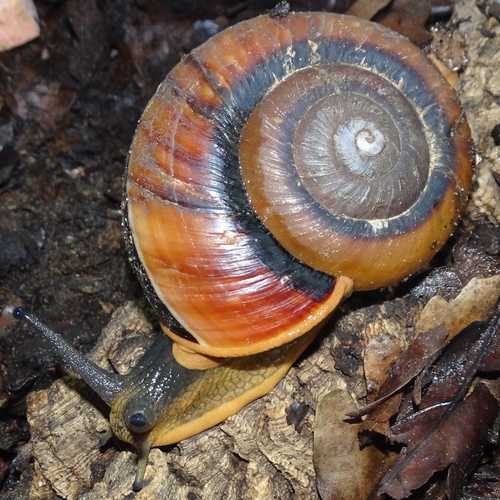Action in the field
Many organisations and people work tirelessly to stop and reverse the decline of the natural world. One of the many ways in which EAZA zoos and aquariums contribute to these efforts is through field conservation. Our Members manage their own projects in the field (in situ), and provide resources and expertise to hundreds of partner projects worldwide. We also run joint EAZA Conservation Campaigns.
Field conservation
In EAZA, we are committed to the conservation of species in their natural habitats. This field work complements our activities at home. All EAZA Members are required to maintain a field conservation plan, which outlines the intended actions as well as the processes for selecting, supporting or conducting the activities.
Field work must comply with conservation guidelines of the IUCN and other authorities. Members are expected to set measurable targets for their conservation actions, allocate the necessary staff and financial resources to meet these goals, and monitor and evaluate the projects to be able to adapt their plans if necessary.
We strive to openly communicate our conservation results and experiences, both within our community and with the public.
We work according to a framework called the One Plan Approach – a system recognising that animals, wherever they live, can help their species survive and prosper. Conservation plans are thus developed for all populations of the species, whether they are within or outside their natural range
Our Members’ researchers, animal care staff and veterinarians (among others) help contribute a more thorough understanding of the needs of individual species which improves field conservation outcomes.
The knowledge we gain and share, the awareness we raise both in zoos and in communities abroad, the funding and support we get from our visitors and donors all help create a cycle that can and does make a great difference to the survival and recovery of species.
The Conservation Committee guides this work.
EAZA Conservation Database
The EAZA Conservation Database is an online tool to facilitate communication on conservation efforts of our Members within as well as outside of the zoo and aquarium community. EAZA Members provide data from all the various conservation activities they are involved in, year after year.

Conservation Map
Interested in what projects, species and activities have been supported by EAZA Members and where these take place? Explore the EAZA Conservation Map that uses information from the EAZA Conservation Database to provide visitors of our website an insight.



Each month we highlight content coming from the EAZA Conservation Database. For a breakdown of all the projects, check the EAZA Annual Reports available in the Resources section "Showcasing EAZA's activities.

July 2025 Conservation Snapshot
3 July 2025
Antelope conservation has been supported during the last five years, thanks to the dedication of 40 EAZA Members and partners. Each year, 10–12 unique antelope species benefit from direct support from EAZA Members — a testament to the commitment to protecting these remarkable animals.

June 2025 Conservation Snapshot
4 June 2025
While most of us are gearing up for a warm summer, this Conservation Snapshot focuses on an Arctic species. The muskox was reintroduced from Greenland to Norway in the 20th century and found its way into Sweden on its own. The "Project Myskoxe 2030" is a conservation network aiming to study the Swedish muskox population, as well as its impact on biodiversity in the mountain ecosystem.

May 2025 Conservation Snapshot
7 May 2025
EAZAs Terrestrial Invertebrate Taxon Advisory Group has a special focus on European invertebrates. Check out what European invertebrates EAZA Members have recorded supporting in the EAZA Conservation Database!

Conservation campaigns
There has never been a greater need for effective conservation of our natural world. By explaining for the threats endangered species face and how we can fight the decline of animal populations together, our conservation impact increases.
To do this, EAZA runs campaigns to raise awareness of and funds for major conservation issues.
